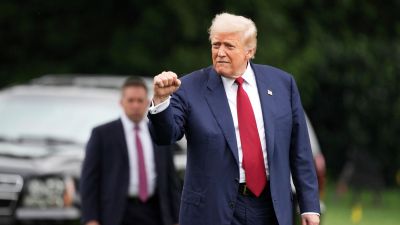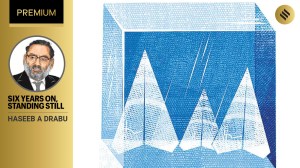Ropeway planned from Aarey Metro Station to Film City; MMRC claims project at planning stage
The Colaba-Bandra-SEEPZ Metro corridor, known as Metro Line 3, is a 33.5-km underground Metro line, of which one phase is operational and the other phase is in the process of construction.
 The planned ropeway is one of MMRCL's initiatives to enhance transit connectivity between Metro Line 3 stations and reach otherwise inaccessible areas. (Source: File)
The planned ropeway is one of MMRCL's initiatives to enhance transit connectivity between Metro Line 3 stations and reach otherwise inaccessible areas. (Source: File)The Mumbai Metro Rail Corporation Limited (MMRCL) has proposed a ropeway connectivity between Aarey Station on Metro Line 3 and Film City in Goregaon, with the possibility of extending it to Sanjay Gandhi National Park (SGNP).
The initiative aims to improve the last-mile connectivity for one of Mumbai’s busiest employment and tourism hubs, which currently has limited public transport options. However, an officer from MMRCL stated on Tuesday that the project is at the planning stage and neither the budget nor the timeline has been estimated.
“The system could utilise a mono-cable, bi-cable, or tri-cable detachable gondola system, depending on the feasibility study to be undertaken,” the officer said.
The ropeway is expected to be developed under a Public-Private Partnership (PPP) model and may follow a Design, Build, Finance, Operate, Transfer (DBFOT) framework, he added.
The Colaba-Bandra-SEEPZ Metro corridor, known as Metro Line 3, is a 33.5-km underground Metro line, of which one phase is operational and the other phase is in the process of construction.
The planned ropeway is one of MMRCL’s initiatives to enhance transit connectivity between Metro Line 3 stations and reach otherwise inaccessible areas. The corridor is expected to stretch approximately 2-3 km, depending on the final alignment, and is projected to transport around 2,000-3,000 passengers per hour per direction (PPHPD), according to preliminary estimates.
Film City, located on the southern side of Sanjay Gandhi National Park, draws scores of workers and tourists every day, but is poorly served by public transport. The neighbourhood is mostly jammed with limited roads and a few last-mile alternatives.
Officials said that the planned ropeway is designed to provide transportation with the least environmental disturbance. By utilising cable-based support instead of roads, the project would minimise the requirement for land acquisition and save sensitive green areas.
If the project proceeds, it will be one of the few ropeways in India functioning as a full-fledged urban transit system connected to a metro system. The alignment, capacity, technology, and project implementation are yet to be finalised.












